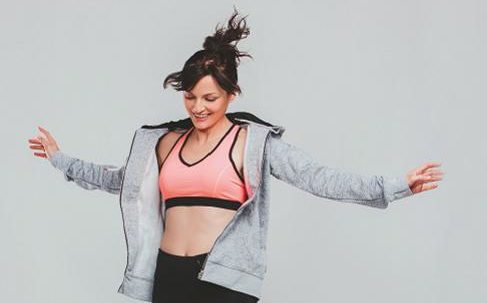1. Dementia prevention
“Studies have shown that the occurrence of dementia and Alzheimer’s disease can be reduced by exercises such as dancing,” says Dr Jo Rodda (recognitionhealth.com). “Not only is it fun, social and engaging but it’s also a great way of incorporating exercise into your weekly routine. Learning and remembering new steps activates many neural pathways in your brain, keeping it strong, active and healthy.”
2. Balance
“Dancing improves balance and neurological control of your arms and legs,” explains Tim Allardyce, physiotherapist (surreyphysio.co.uk). “Doing lifts, drops and rotations are all good for proprioception, which is knowing where your body is in your surrounding space. Dancing allows you to build up strength in your smaller supporting muscles, as well as throughout your core, which prevents falls and reduces the chance of injuries, especially as we get older.”
3. Happy heart
Dancing improves the health of your heart and general cardiovascular fitness. It raises the heart rate and gets blood pumping to the extremities. A 30-minute dance class can burn between 130 and 250 calories, and the social aspect of it can make it somewhat more fun than going for a run by yourself. If maintaining perfect posture isn’t something you’re confident at, why not try a Zumba class – the perfect fusion of dance and aerobics. These classes burn an average of 500 calories per hour!
4. Flexibility
“Dance teaches flexibility and usually includes lots of stretching,” says Rosie Holman, dance organisation founder (join-the-circle.co.uk). “Our muscle mass reduces by three to five percent each decade, leading to greater weakness and less mobility. By increasing your flexibility, you’ll not only improve your performance in day-to-day activities, but also avoid a range of injuries that often come with a sedentary lifestyle.”
5. Back pain
Having a boogie involves a lot of rotation, and a minimal amount of forward bending, so there can be significant benefits to your back, such as increasing your range of motion in your vertebrae. “Stiff backs are very common, but getting moving and undertaking rotational activities like dancing can help you to stay mobile,” advises Tim.
6. Muscle strength
“Moving to a beat is great for strengthening your legs and improving tone in the leg muscles,” says Tim. “Dancing involves shifting onto one side, placing weight through one leg, and often a lot of lunging and single-leg squatting. These movements strengthen the lower limb (quadricep, gluteal, calf and hamstring muscle groups), helping the muscles to build strength and stability.”




















